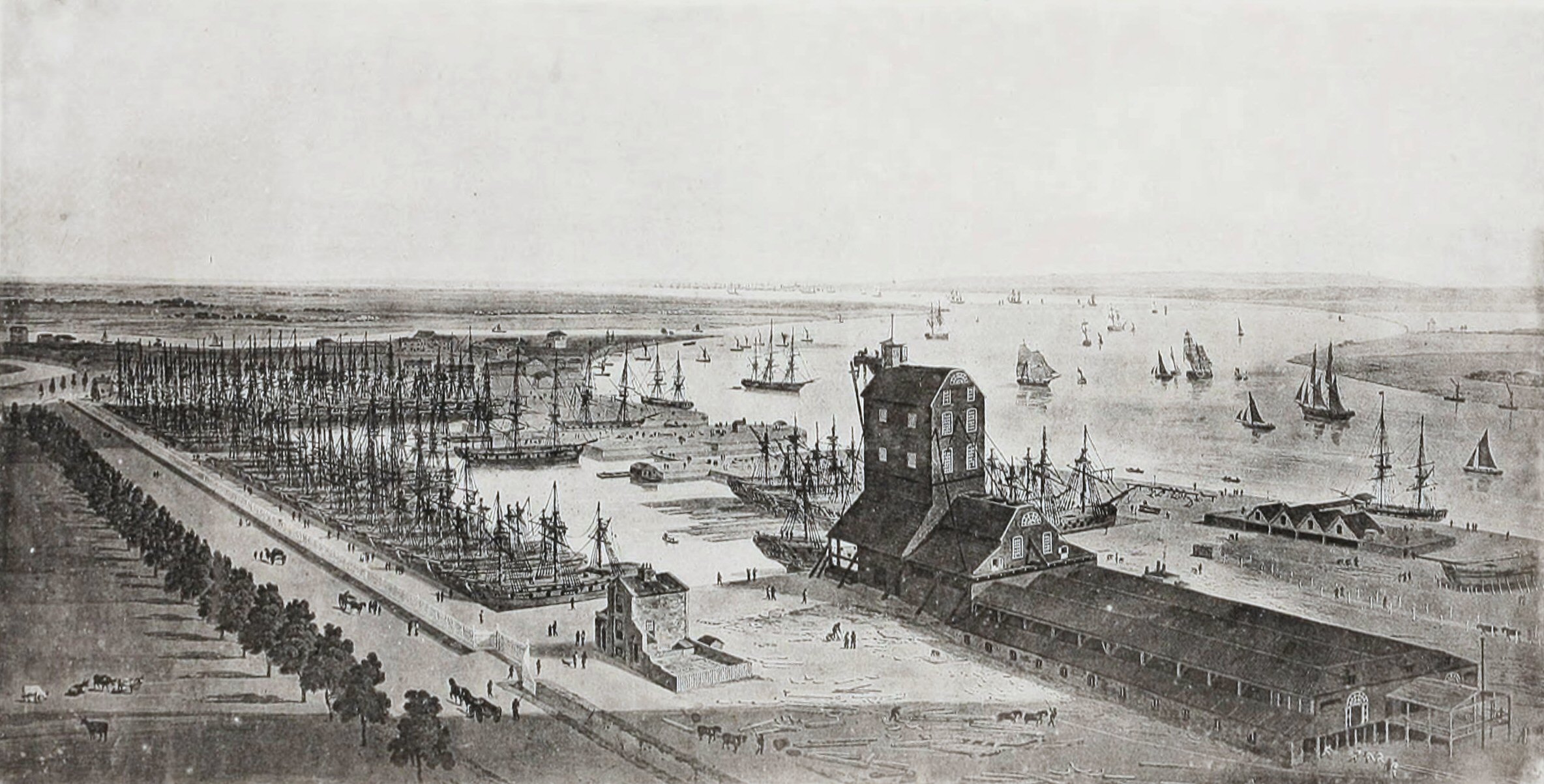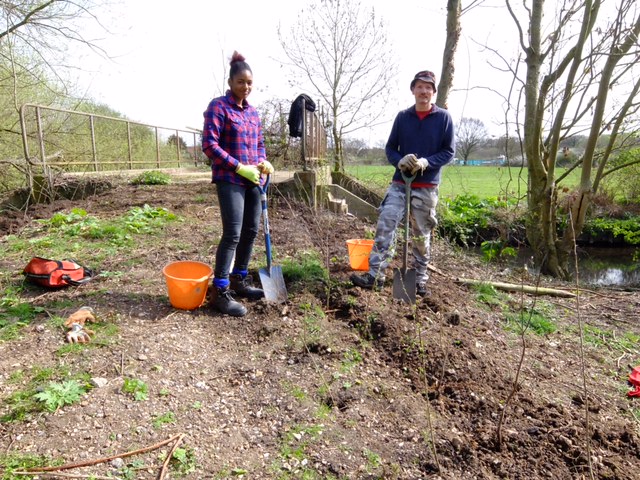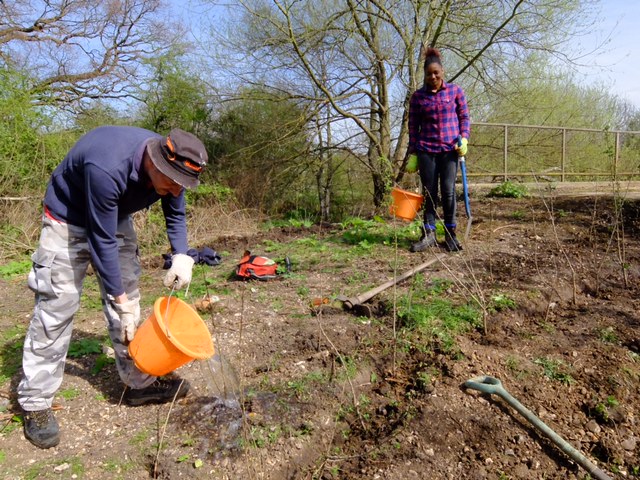
From the earliest times, wood properties were first understood by experience but have since evolved from a simple, readily available natural material to modern construction and engineering material used for high-quality applications.
Our relationship with wood has remained unchanged; and more recently, many of its uses now take different forms, due to new product demands and new technology.
Roland Ennos, an English professor of biological sciences at the University of Hull and the author of several books, delivers an illuminating and fluidly written study of the central role of wood in the human story.
Drawing from academic fields such as archaeology, anthropology, biomechanics, and architecture; this fascinating yet comprehensive book, The Age of Wood, highlights how wood has historically played a key role in human civilisation.
He reveals the links between trees and timber and a wide range of historical milestones.
From the evolution of the human hand (primates developed soft pads on their fingertips and nails instead of claws in order to better grip tree branches) to its usage for buildings, tools, paper, fuel, machines, mills, carts, furniture, barrels, and more.
His book attempts to refute the conventional perception that wood “is little more than an obsolete relic from our distant past” — and instead guide readers through a revealing and innovative wooded history of the world.
“… even the reconstructions of the lives of early hominins that have been made by devotees of stone make it obvious that they used mainly wooden tools — to hunt animals, to dig up plant roots, and to construct shelters — and that they burned wood to keep off predators, keep themselves warm, and cook their food”.
What comes across most vividly in this panoramic study of wood written with enormous verve and pinpoint clarity is Ennos’s fierce love for this topic.
Archaeologists and anthropologists, he writes, tend to focus all their attention on the “stone age”, “bronze age”, and “iron age”, and yet wood was and continues to be the most progressive and useful material. He shares this compelling idea:
“It became clear to me that wood has actually played a central role in our history. It is the one material that has provided continuity in our long evolutionary and cultural story, from apes moving about the forest, through spear-throwing hunter-gatherers and axe-wielding farmers to roof-building carpenters and paper-reading scholars”.
In The Age of Wood, Ennos takes the reader on a “sweeping and intriguing” ten-million-year historical journey from Southeast Asia and West Africa where great apes built sophisticated nests, stripped branches and sharpened them with their teeth to fashion tools; to East Africa where hunter-gatherers hunted with wooden spears, fed their fires with logs and branches and utilised wooden poles to cook their food and ward off predators; to the structural design of wooden temples and ships built by early humans in China and Japan; and to Northern England, where he notes archaeologists’ fixation with minerals and how coal enabled humans to build an industrial world.
He further points out the effects of industrialization — including the use of fossil fuels and how this has allowed engineers to fabricate a world of iron, steel, and concrete to replace timber. The Age of Wood not only offers a sense of just how useful wood was in the evolution of human existence, but also argues that as we work to find a healthier path ahead, we must return to more traditional ways of growing, using, and understanding trees for the benefit of our planet.
Evidently, wood has been the most versatile and useful material for thousands of years and is still used more than any other construction material. At the same time, wood — in its “original” state as trees — has been adversely affected by global climate change and a whole range of environmental problems. The destruction of natural forests is a key concern in our age.
Compared to 6000 years ago, the total area of forests on earth has reduced by 13%. The rate of depletion of many forests is quite alarming, and at long last awakened the rest of the world to the immediacy of the threat from global climate change.
These forests not only contain a large amount of precious woods, but also thousands of different biological species in them. More importantly, the greater extent of deforestation will further accelerate global warming, and eventually, make uncertain the provision of an adequate wood supply to satisfy the anticipated need.
Conclusion
Wood runs like a vein throughout human history — and has profoundly shaped our minds, societies, and lives. It is integral to everything from the early evolution of small, tree-dwelling apes to human’s ability to carve spears, tools, axe handles, huts and boats. Wood is a material found throughout the world and of great economic importance.
A winning blend of history and science, Roland Ennos’s The Age of Wood provides telling insight into the cleverness of our ability to exploit wood’s unique properties. It touches upon the earliest evidence of wood usage and its profound impact on human civilisation. Today, the growing demand for wood and wood products is indicative of its unique nature, and how it is still essential to human life, as well as the natural world of the forest.














